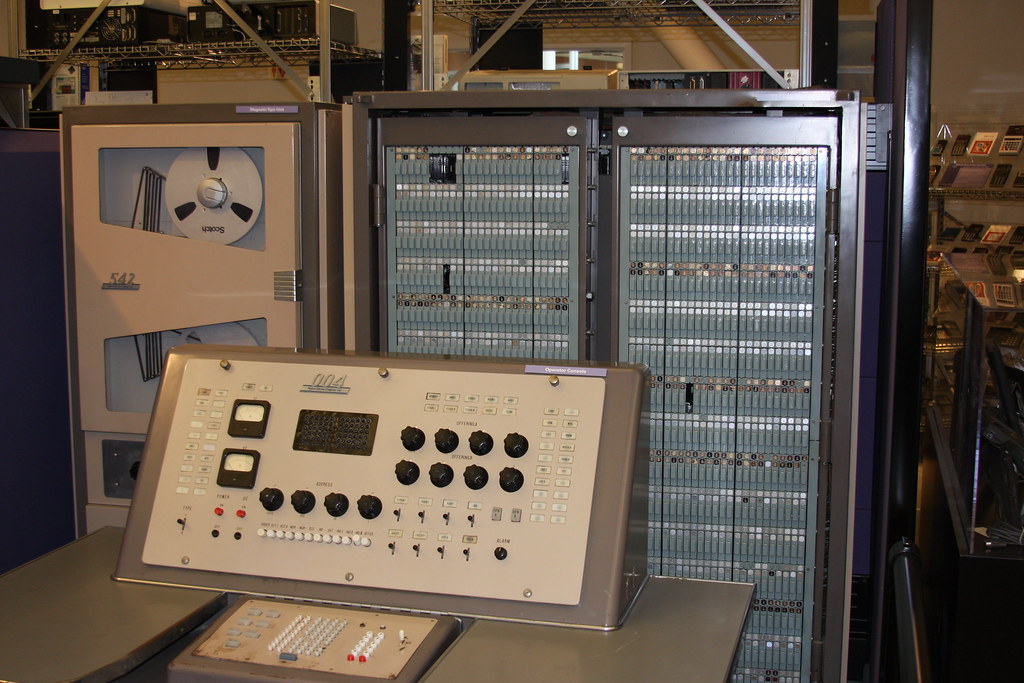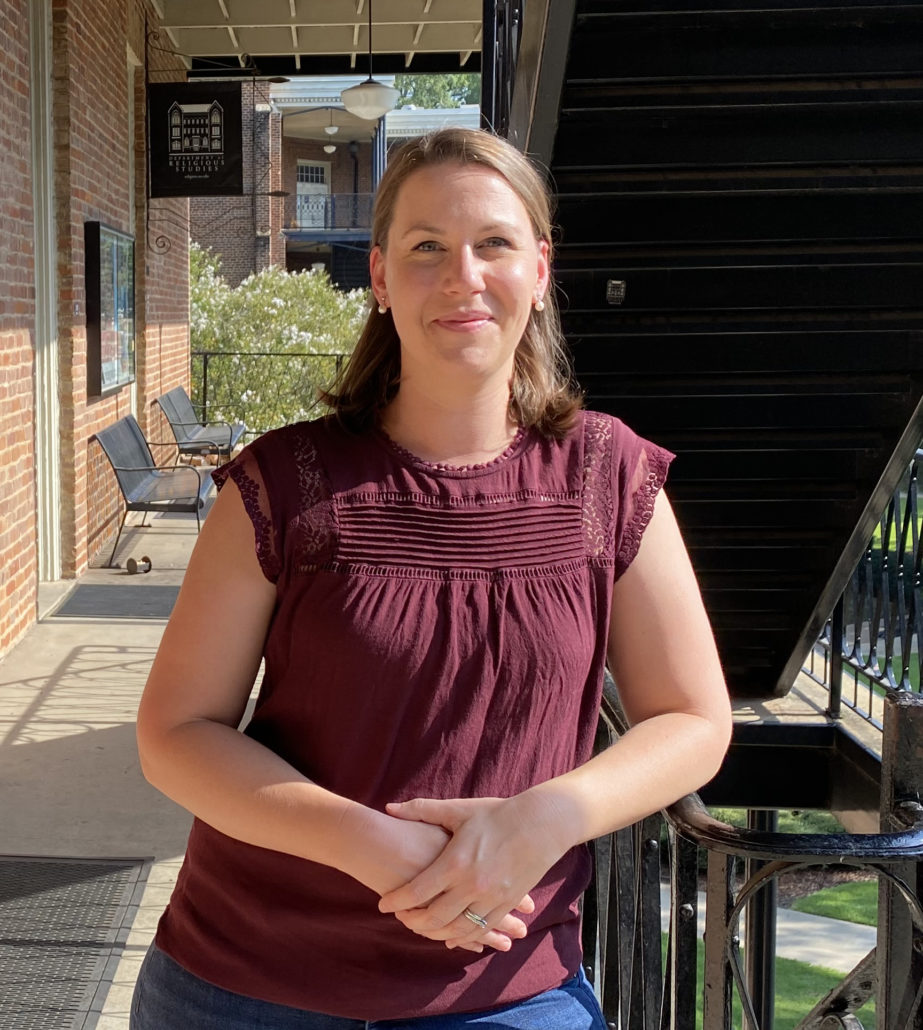One of the challenges with working in an interdisciplinary space is communicating to colleagues how your work connects to the existing fields and norms of practice. For those of us working in both religious studies and digital humanities, where the scholarly intersection is relatively new, that challenge can feel particularly acute. To that, both the DeGruyter Introduction to Digital Humanities – Religion series and the volume edited by Cantwell and Petersen are invaluable additions, offering concrete examples of work being done at the intersection of religious studies and the digital humanities.
This podcast provides a welcome introduction to the Digital Humanities and Research Methods in Religious Studies volume and to the ongoing issues involved with working in digital humanities and religious studies. There were three elements of this conversation that stood out to me and which I would like to briefly comment on: the challenge of credit and evaluation of digital work; the problem of sustainability and preservation; and a question of definition. But before beginning, I should note that I was also on the committee drafting the AAR guidelines for digital scholarship with both Cantwell and Petersen, whose work and perspectives I greatly admire and which have been influential on my own. I also have a piece in the forthcoming Digital Humanities and Libraries and Archives in Religious Studies volume of the Introduction to Digital Humanities – Religion series.
Credit and Evaluation of Digital Scholarship
Digital scholarship, which, as Cantwell and Petersen note, is work that spans the traditional categories of “research”, “teaching”, and “service”, has long posed a challenge for processes of academic evaluation. When I started my PhD program in 2011, conversations around guidelines for tenure and promotion in the field of History were in their early stages (later approved in 2015), and many of those working in the digital humanities who were tenured had achieved their tenure based on traditional publication formats. While in the intervening years a number of scholarly organizations have published guidelines, additional venues for peer review and publishing of digital scholarship have been established, and the number of digital projects have increased (as shown in the examples of this book), digital scholarship still sparks a range of structural questions around credit. Similar infrastructure is only just forming within Religious Studies and so it is no surprise that the conversation around what is possible with computational technologies also brings with it, almost from the beginning, questions of how such work would “count” for tenure and promotion.
Here I think the exemplar approach that Cantwell and Petersen pursue is particularly effective. In the abstract, it is hard to imagine where digital scholarship would fit within the current system of knowledge production. Examples like Mullen’s analysis of digitized American newspapers, Kaplan and Shiff’s creation of augmented and virtual reality environments, and Bellar and Campbells development of a scholarly network for studying digital religion point to the varied ways knowledge production is already taking place on and through digital media. The well-chosen examples of this volume make the argument that digital humanities is not something in the distant future, but is already happening now.
But the question of credit can also be a distraction. This is not to say that how such work is evaluated is unimportant—as someone on the tenure track, I am acutely aware of departmental requirements and the need for being strategic about scholarly output. But the question of how to “count” digital scholarship seems to me to be a symptom of trying to preserve certain assumptions about books and narrative writing that have become assumed. Digital projects provoke questions of credit precisely because they force us to reconsider our assumptions about scholarship and about the ways we use articles and books to create a type of knowledge and a particular ethos around it.
Here I find it useful to listen to conversations taking place in book history and media studies, in disciplines thinking systematically about technologies of exchange. I am currently reading Living Books: Experiments in Posthumanities by Janneke Adema, which offers a critique of the scholarly monograph and academic publishing through an examination of the performative culture of academic publishing and the formation of beliefs about the book as linear, stable, and individually authored and owned. The problem of credit that is associated with digital humanities is arguably a problem only because it makes us rethink assumptions about authorship and production that have become naturalized through our particular uses of print. Digital humanities projects force us to see the instability and the tenuousness of scholarship generally, and that is uncomfortable. And it is much easier to try to make digital projects “behave” like books than it is to reconsider what we mean by scholarship in the first place.
Issues of preservation and sustainability
Relatedly, humanities scholars rarely think about the preservation or stability of their monographs because the infrastructure we have in place has become naturalized – we assume that between the university press and university libraries, we have the means to publish our work (however scarce those opportunities have become) and that once published, it will be recorded and maintained over time.
For digital projects, that infrastructure is nascent. Institutional repositories are still primarily designed for files that are digital surrogates of print—PDF files of articles or books. We are able to archive web-texts with WebArchive files (.warc), but the technology struggles with javascript elements, which generate much of the content that is served through the Web. Additionally, the rate of abandonment of digital projects is high—in a 2019 article in Digital Scholarship, Luis Meneses and Richard Furuta estimate an average five year “shelf life” for digital humanities projects. What aspects of digital projects can and should be preserved, and for how long, are open questions that require both technical and cultural answers.
The story of “Digitizing Rochester’s Religions,” as related in the podcast, gives an example of how this lack of infrastructure can play out. Universities often limit their technical resources to current faculty and when the faculty member moves on, those resources are withdrawn. The current leading options for long-term technical support are through collaborations with libraries, presses, or third-party services (either corporate or sponsored by scholarly organizations.) Of these, services such as Humanities Commons that were started at the level of scholarly organizations are particularly interesting, as they provide a way to support scholarship apart from the financial and local concerns of a particular university or scholarly press.
However we come to support digital projects over time, scholars looking to start digital projects do need to think in terms of collaboration from the outset. Digital humanities projects funded by the NEH are required to provide data management plans precisely because unlike the monograph where the process of handing off the finished project is known, digital projects persist when that process is established near the beginning. As Cantwell and Petersen note in their introduction, “collaboration is key,” and DH scholars need to “think iteratively.” To this I would add, for digital projects, developing and publishing take place at the same time and so the collaborators need to include those involved in the distribution and preservation of the work.
We are all digital humanists now
With their goal of bringing more religious studies scholars into conversation with the digital humanities, Cantwell and Petersen in this interview make the observation that as computational technologies have become ubiquitous, in some way we “are all digital humanists now” as all of our work is mediated by technology. Noting that they do not define “digital humanities” within the volume, both Cantwell and Petersen lean toward an expansive implicit definition of engagement with digital technologies, or as Cantwell says toward the end, “using digital tech to advance the humanities or the application of humanistic theory to digital technology.”
Defining “digital humanities” is indeed a cottage industry and I do understand the reluctance to say who is “in” and who is “out.” (It is worth noting that they also do not offer a definition of “religion,” which has similar issues of classification and boundary policing.) I am concerned, however, that the lack of definition or an overly expansive definition along the lines of “working with computers” makes it more challenging rather than less for helping others join the conversation. I worry that it also undercuts the particular work that needs to be done in thinking about how these new computational technologies break down previous assumptions about knowledge.
We all indeed use software to write (this particular response is being drafted in a Google Doc.) We find sources through digital catalogs and databases. But that in and of itself does not make one a “digital humanist” any more than reading a paper codex makes one a book historian. For another example, I code using Python but I am not a developer because I do not participate in any developer communities. I use similar tools and I learn from the community, but my attention is not there and I am not engaged in their concerns and conversations.
My concern with the expansive definition of working with computers is that it hides an implied definition of “doing hard things with computers,” where “hard things” is both subjective and a shifting target. It seems obvious to me that using Microsoft Office doesn’t make one a digital historian, but does blogging? Did it at one point? One danger I see in this implicit definition is that it makes it incredibly challenging for those looking to join the community, as what is “hard” for one person is routine for someone else, and what was hard in the beginning becomes second nature over time.
I am a digital humanities scholar, not because I do hard things with computers (though I am always trying to deepen my technical know-how which means my work is almost always challenging to me personally), but because I am listening and talking to people in the DH community, particularly those working in digital history and computational text analysis.
The digital humanities have existed as communities of practice for a long time—there are well-established conferences, journals, networks, and specialities that sustain multiple sets of scholarly practices and methods of knowledge-making. While scholars in religious studies have only recently joined those conversations in earnest, as this volume demonstrates there is a wide range of work being done already. In naming these examples, Cantwell and Petersen have provided a definition of digital humanities in religious studies that includes text and network analysis, image analysis and virtual reconstruction, critical curation, geospatial analysis, public engagement, community building, and digital pedagogy. The flip side of the question of credit is the question of whether something “counts” as digital humanities. The volume provides a partial answer to that question by identifying some of the people and the types of questions one can engage to join the conversation, and in so doing become a “digital humanist.”



